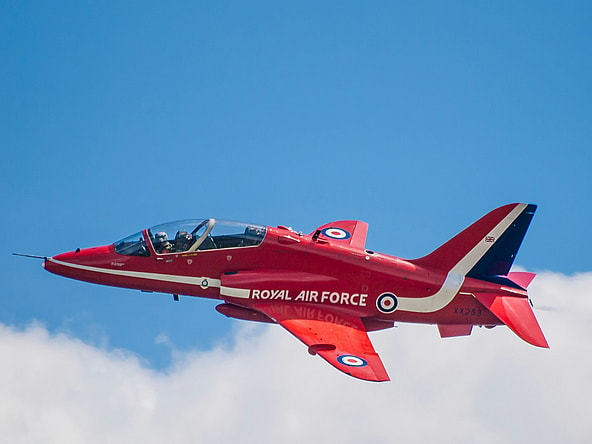
There are very few attempts in the vast range of human technological achievement that stimulate the imagination and practical application of speed like flight does. The goal of achieving the fastest flight in history has spurred developments in materials science, propulsion technology, and aircraft design in addition to being a simple matter of traveling large distances swiftly to find the world’s fastest flight. Ever since the Wright brothers’ powered flight was accomplished in 1903, aviation has been pushing the limits of performance and speed.
The world’s fastest flight record has been chased through a number of mechanical and human inventiveness exploits. It includes everything from the ground-breaking feat of breaking beyond the sound barrier to the continuous research and development of hypersonic transport. Every turning point in this voyage has influenced military tactics, economic globalization, scientific exploration, and air travel revolution for the world’s fastest flight.
Humanity has always strived to push boundaries and travel at previously unheard-of speeds, from Chuck Yeager’s historic flight in the Bell X-1, which first broke the sound barrier, in 1947 to the legendary Concorde’s supersonic passenger service in the 1970s. These accomplishments reflect the height of human ambition and technological prowess, not merely velocity in the world’s fastest flight.
Investigating the world’s fastest flight records further reveals tales of ingenuity and tenacity. Every technological advance, from X-15 rocket plane trial flights to military reconnaissance with the SR-71 Blackbird, has pushed the envelope of what was previously thought to be unattainable. The legacy of speed is still evolving today, as aerospace businesses like Boom Supersonic and Aerion Supersonic strive to bring back commercial supersonic travel while striking a balance between the challenges of sustainability and safety and the exhilaration of velocity.
In addition to being a contest against time, the world record attempt is a celebration of human inventiveness and the unwavering pursuit of aviation perfection for the world’s fastest flight. It stands for the coming together of science, engineering, and humanity, opening the door to a future in which efficiency, speed, and innovation all fly together to reach new heights with the world’s fastest flight. Check out our other insightful coverage of the world’s largest animal, the 8 fastest planes, the world’s most expensive cars, and so much more!
Read More: These Are the 8 Fastest Planes in the World
Introduction: The Fascination with Speed in Aviation
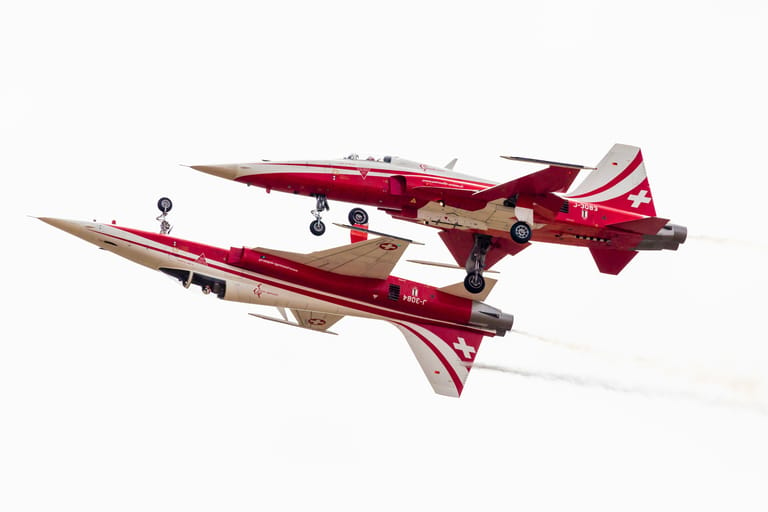
Since the Wright brothers’ powered flight in 1903, the pace and performance of aviation have increased steadily. Every era has seen technological breakthroughs that have stretched the bounds of what was previously believed to be feasible, from the first propeller-driven aircraft to jet engines and beyond to the world’s fastest flight. In addition to revolutionizing air travel, the race for speed influenced scientific inquiry, global economic integration, and military strategy, make for the world’s fastest flight.
Shattering the Sound Barrier: An Important Aviation Milestone
The sound barrier was first broken on October 14, 1947, by American test pilot Chuck Yeager in the Bell X-1 rocket plane. At the time, it was thought to be an impenetrable barrier. At a height of 45,000 feet, Yeager’s historic flight defied conventional wisdom by reaching Mach 1.06, or around 700 mph or 1,125 km/h. This opened the door to supersonic flying.
Also Read: These Are the 8 Safest Cities in America
The Concorde and the Age of Supersonic Passenger Travel
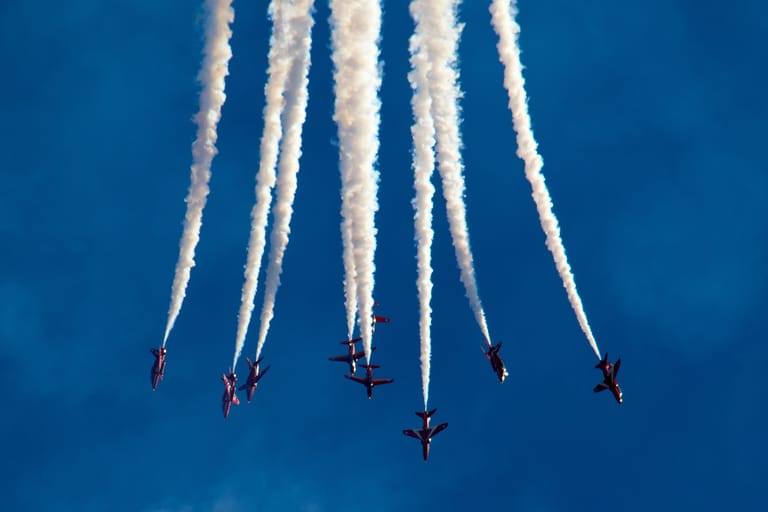
The Concorde is among the most recognizable images of supersonic passenger travel and once held the record for the world’s fastest flight. The Concorde, which was created by French and British engineers in tandem, was able to cruise at speeds faster than Mach 2 (about 1,350 mph or 2,180 km/h) when it made its first commercial flight in 1976. Less than half the time it took for other subsonic jets to get from London to New York, the Concorde’s unique delta-wing shape and potent Olympus engines allowed it to reach its destination in just over three hours, the world’s fastest flight.
Scientific Wonders of the Concorde
The Concorde was a technical marvel in addition to a remarkable speed record. Its innovative engines, sophisticated materials, and streamlined design allowed it to survive the harsh conditions of supersonic flight to become the world’s fastest flight. From takeoff to landing, every Concorde flight was painstakingly orchestrated to optimize performance and passenger comfort as it traveled at over 1,350 mph.
The Concorde’s Legacy and Challenges
Throughout its operating existence, the Concorde encountered major problems despite its scientific prowess and elegance. Its retirement in 2003 was a result of high operating expenses, strict noise laws, and limited route flexibility caused by sonic booms over land. Nevertheless, the Concorde continues to stand as a testament to the potential of supersonic passenger travel and a symbol of human achievement in aviation alongside the world’s fastest flight.
Read More: 10 Historical Facts About Wimbledon You May Not Know
Additional Fastest Passenger Journeys
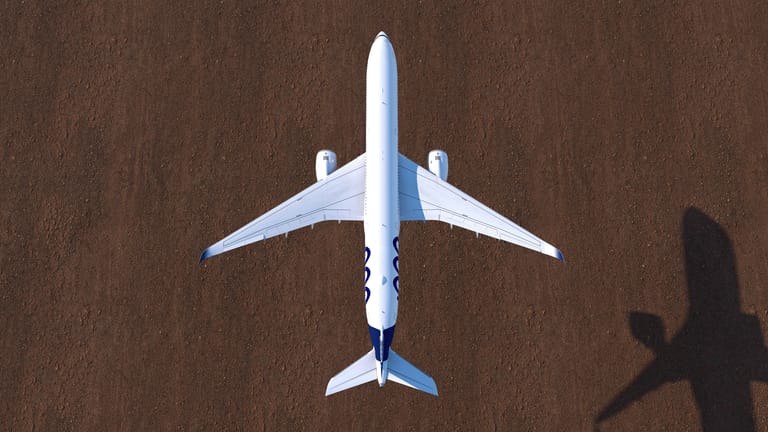
Even while the Concorde is still the most recognizable example of supersonic passenger travel, a number of other aircraft have made significant advancements in fast flying technology, making for the world’s fastest flight.
The first supersonic transport aircraft to be used for commercial purposes was the Tupolev Tu-144, the Soviet Union’s answer to the Concorde.
1968 saw its first flight, and in 1975 Aeroflot put it into service. The Tu-144 flew mostly on internal routes within the Soviet Union and could cruise at speeds more than Mach 2.35, or around 1,550 mph or 2,500 km/h, the world’s fastest flight at the time. It was eventually taken out of service in 1978 due to operational difficulties and safety concerns, including a noteworthy crash at the 1973 Paris Air Show.
The Boeing 747-400
The Boeing 747-400 is notable for its great range and high subsonic cruise speeds even though it is not a supersonic aircraft, impressively rivaling the world’s fastest flight. When it was first introduced in 1989, the 747-400 was a popular option for long-haul international flights since it could cruise at speeds as high as Mach 0.855, or roughly 570 mph or 920 km/h.
Its popularity as a commercial aviation industry workhorse across the globe was facilitated by its roomy cabin and capacity to accommodate big passenger loads.
The A380 Airbus
The largest passenger plane in the world, the Airbus A380, debuted in 2007 and performs admirably considering its size. With a range of more than 8,000 nautical miles and a top speed of Mach 0.85 (or roughly 570 mph or 920 km/h), the A380 is a great aircraft for long-haul travel between major international hubs. Airlines looking to optimize passenger comfort and operational efficiency on congested routes have come to love it for its roomy cabin, cutting-edge aerodynamics, and fuel-efficient engines.
Also Read: 20 Most Expensive Signatures in History
Military Supersonic Jets: Exceeding All Speed Limits

Although military aircraft have long been at the forefront of supersonic technology, the Concorde was designed with civilian passengers in mind. During the Cold War, aircraft such as the North American XB-70 Valkyrie and the Lockheed SR-71 Blackbird pushed the envelope in terms of both speed and altitude, making for the world’s fastest flight. With velocities greater than Mach 3 (about 2,200 mph or 3,540 km/h), these strategic and reconnaissance bombers were invaluable tools for intelligence collection and military deterrence.
An Icon of the Cold War: The SR-71 Blackbird
One of the most recognizable aircraft in aviation history is the SR-71 Blackbird, which was created by Lockheed’s Skunk Works division.
Its aerodynamic design and twin afterburner Pratt & Whitney J58 engines allowed it to reach altitudes of over 85,000 feet and speeds beyond Mach 3. The SR-71’s reconnaissance capabilities yielded priceless intelligence between 1966 and 1998, when it was in operational service.
Developments in Hypersonic Flight: Onward to the Boundary of Space
After reaching supersonic velocity, an aircraft can reach hypersonic flight, which is defined as exceeding Mach 5 (about 3,800 mph or 6,120 km/h). The future of aerospace technology is hypersonic flight, which has potential uses in the military, space exploration, and perhaps commercial aviation.
Also Read: What’s the Most Expensive Cigar You Can Smoke?
Experimental Hypersonic Travel: Obstacles and Triumphs
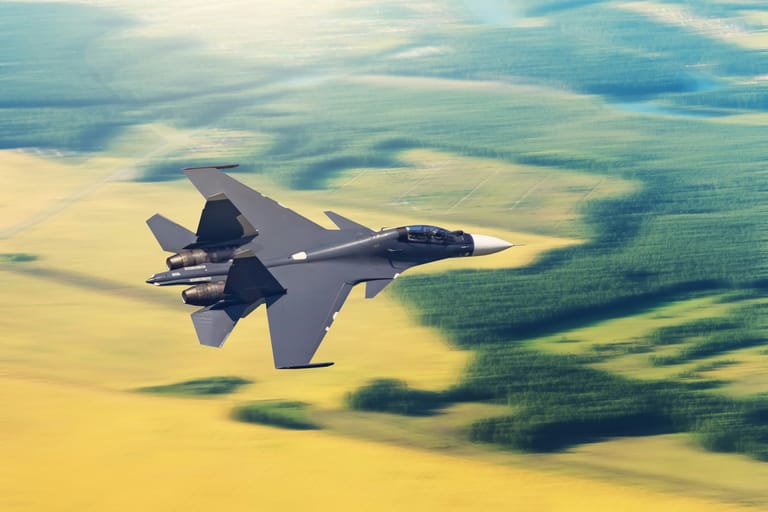
Because of the aerodynamic heating, structural integrity, and propulsion systems that can maintain speeds exceeding Mach 5, hypersonic flight presents considerable technical problems.
Gaining insight into the intricacies of hypersonic flight has been made possible by advancements in scramjet engines and experimental vehicles such as the X-15 rocket plane.
The X-15: Pushing the Boundaries of Velocity and Elevation
Throughout the 1960s, the X-15 rocket plane, which was flown by NASA and the U.S. Air Force, broke multiple speed and altitude records to become the world’s fastest flight. The X-15 was flown by top test pilots, such as Neil Armstrong, and it was capable of reaching altitudes of over 350,000 feet (almost 67 miles) and speeds of over Mach 6.7 (about 4,520 mph or 7,274 km/h). For the study of materials science and hypersonic flight dynamics, the X-15 program yielded vital data.
Hypersonic Flight’s Future: Scramjet Technology
A possible technology for maintaining hypersonic flight is the scramjet engine. Scramjets, in contrast to conventional rocket engines, compress incoming air at supersonic speeds without the need for revolving compressor blades, enabling them to work effectively at high speeds for the world’s fastest flight. Utilizing scramjet technology for future hypersonic aircraft and space access vehicles is the goal of research and development initiatives undertaken by aerospace businesses and government agencies.
New Horizons in Passenger Travel: The Commercial Supersonic Revival
A number of businesses and startups have developed next-generation supersonic jets in recent years, reflecting the growing interest in commercial supersonic flight and making for the world’s fastest flight. Businesses such as Boom Supersonic and Aerion Supersonic are at the forefront of developing innovative aircraft designs that meet modern environmental and noise laws, while also cutting travel times and improving passenger comfort.
Read More: What is the Most Dangerous Animal in the World?
Reintroducing Supersonic Passenger Travel with Boom Supersonic

Founded in 2014, Boom Supersonic is working on the Overture, a supersonic passenger jet that can go faster than Mach 2.2, or roughly 1,450 mph or 2,335 km/h. In comparison to earlier supersonic aircraft, the Overture seeks to reestablish supersonic travel on transoceanic routes with less sonic boom and more fuel efficiency.
Developing Supersonic Business Jets with Aerion Supersonic
The goal of Aerion Supersonic is to create the AS2, a supersonic business jet that can carry up to 12 people and travel faster than Mach 1.4, or around 920 mph or 1,480 km/h. Reaching out to corporate leaders and the wealthy, the AS2 seeks to transform business travel with shorter flights and more comfort.
The Prospects and Difficulties for Future Fast Flight
Fast flying is expected to grow in the future thanks to improvements in public acceptance, legal frameworks, and technology. As supersonic and hypersonic technologies advance, issues including noise pollution, environmental effect, and economic viability will need to be resolved.
Environmental Considerations: Finding a Balance Between Sustainability and Speed
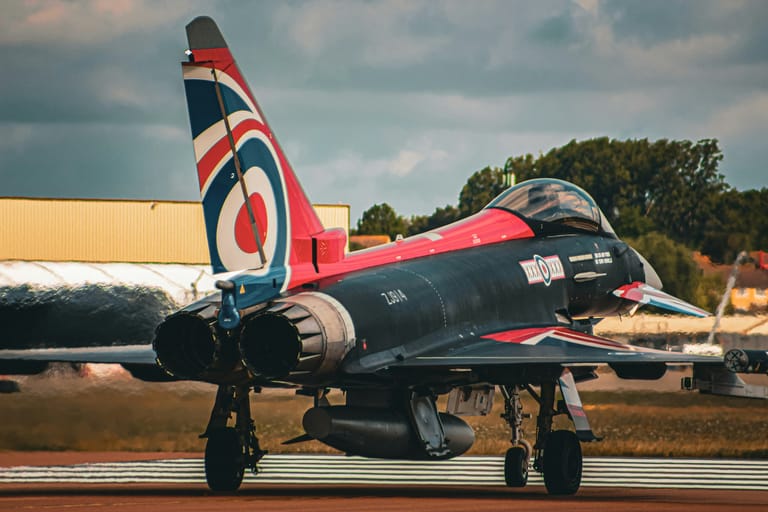
Mitigating the environmental impact of supersonic and hypersonic flight, in particular noise pollution and emissions, is one of the major concerns. By reducing sonic booms and increasing fuel efficiency, advances in engine design, aerodynamics, and materials science hope to make supersonic and hypersonic aircraft more ecologically friendly in the future.
Regulatory Obstacles: Dismantling Roadblocks to Hypersonic Transportation
There are legal obstacles to the return of commercial supersonic flying, including international airspace regulations and noise limits on land. To set clear rules and regulations for future supersonic and hypersonic activities, aerospace manufacturers, governmental organizations, and environmental stakeholders must work together.
Also Read: These Are the 6 Longest Train Rides To Take Now
In Summary: A History of Speed and Creativity for the World’s Fastest Flight
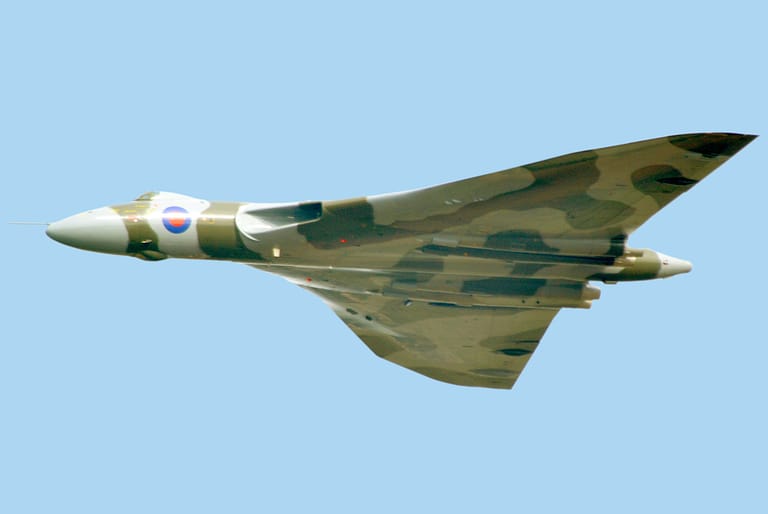
The fastest piloted powered aircraft is currently the North American X-15A-2, which achieved a maximum speed of Mach 6.72, or 4,520 miles per hour (7,274 kilometers per hour), in October 1967. Over five times the speed of sound is this velocity, making for the world’s fastest flight. An experimental aircraft called the X-15 is intended for high-altitude and high-speed investigation. Its external fuel tank allows it to fly faster and longer because it is constructed of heat-resistant metals. The X-15 achieved a record when pilot William J. “Pete” Knight was at the controls.
From the beginning of aviation to the present, the pursuit of the world’s fastest flight has shaped its development. Every significant achievement, from the Bell X-1’s breaking of the sound barrier to the Concorde’s early days and the potential of hypersonic travel with the world’s fastest flight, has advanced our knowledge of speed, technology, and human inventiveness in the air. It will continue to be difficult to strike a balance between the need for aviation safety and sustainability and the exhilaration of speed.


